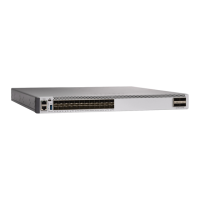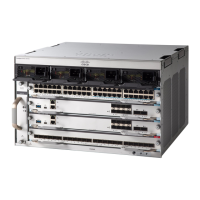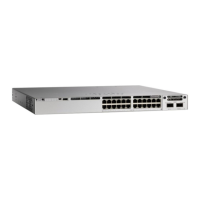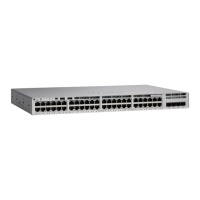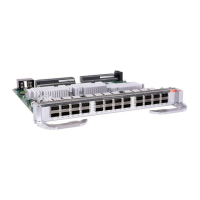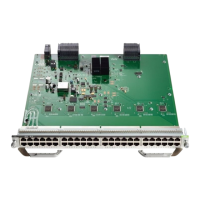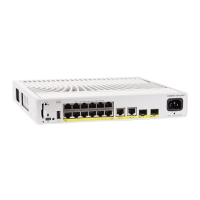PurposeCommand or Action
Enables the physical interface.no shutdown
Example:
Device(config-if)# no shutdown
Step 6
Returns to privileged EXEC mode.end
Example:
Device(config)# end
Step 7
Verifies your entries.show ip route
Example:
Device# show ip route
Step 8
Verifies your entries.
show ip interface [interface-id]
Example:
Device# show ip interface gigabitethernet
1/0/1
Step 9
Verifies your entries.show running-config
Example:
Device# show running-config
Step 10
(Optional) Saves your entries in the
configuration file.
copy running-config startup-config
Example:
Device# copy running-config
Step 11
startup-config
Using Subnet Zero
Subnetting with a subnet address of zero is strongly discouraged because of the problems that can arise if a
network and a subnet have the same addresses. For example, if network 131.108.0.0 is subnetted as
255.255.255.0, subnet zero would be written as 131.108.0.0, which is the same as the network address.
You can use the all ones subnet (131.108.255.0) and even though it is discouraged, you can enable the use of
subnet zero if you need the entire subnet space for your IP address.
Use the no ip subnet-zero global configuration command to restore the default and disable the use of subnet
zero.
Routing Configuration Guide, Cisco IOS XE Everest 16.6.x (Catalyst 9500 Switches)
61
Configuring IP Unicast Routing
Assigning IP Addresses to Network Interfaces

